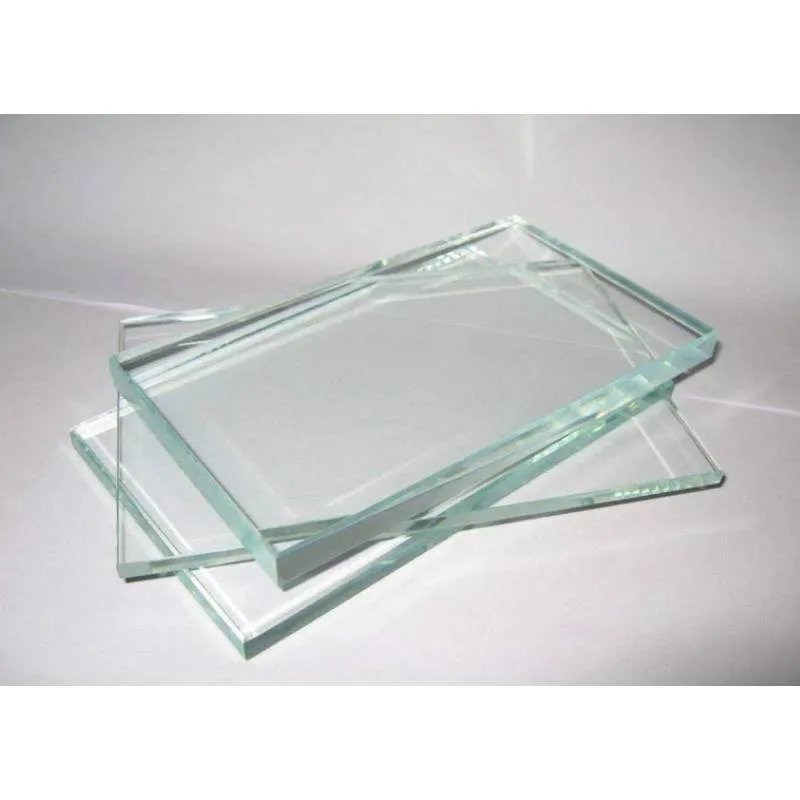The Advantages of Transparent Glass for Windows
In the realm of architectural design and construction, the choice of materials plays a pivotal role in aesthetics, functionality, and sustainability. One material that has stood the test of time and continues to evolve is transparent glass. With its ability to enhance natural light and provide a seamless connection between indoors and outdoors, transparent glass has become a quintessential element in modern window design.
Aesthetic Appeal
One of the most compelling advantages of using transparent glass for windows is its aesthetic appeal. Transparent glass offers unobstructed views, allowing homeowners and building occupants to enjoy the surrounding scenery without any barriers. This feature not only enhances the overall ambiance of a space but also creates a sense of openness and freedom. Whether it’s sprawling landscapes, urban skylines, or lush gardens, transparent glass frames these views, bringing the outside in and blurring the lines between indoor and outdoor spaces.
Architects and designers frequently leverage the visual versatility of transparent glass in their projects, resulting in stunning facades and innovative structures. From sleek skyscrapers to cozy residential homes, the inclusion of large glass panels can elevate the design, contributing to a modern and sophisticated aesthetic. Moreover, when strategically placed, transparent windows can also maximize natural light, reducing the need for artificial lighting and enhancing the overall atmosphere of a space.
Energy Efficiency
Beyond beauty, transparent glass plays a crucial role in energy efficiency. With advancements in technology, today’s transparent windows come equipped with energy-saving features such as low-emissivity (low-E) coatings and double or triple glazing. Low-E glass reflects heat in the summer and retains warmth in the winter, significantly reducing heating and cooling costs. These energy-efficient properties make transparent glass an environmentally friendly option, contributing to reduced carbon footprints and supporting sustainable building practices.
Additionally, the natural light that transparent windows allow can positively impact occupants' well-being. Studies have shown that exposure to natural light boosts mood and productivity, while also reducing eye strain often associated with artificial lighting. As a result, incorporating transparent glass into window designs not only enhances energy efficiency but also promotes healthier living and working environments.
transparent glass for windows
Innovative Technology
The evolution of technology has further expanded the capabilities of transparent glass, introducing innovative solutions that address common concerns such as safety, privacy, and energy efficiency. Smart glass, for instance, is a breakthrough in the industry. This type of glass can change its transparency in response to environmental conditions or user preferences, providing increased privacy when needed without sacrificing natural light. It can also help regulate room temperature, contributing to further energy savings.
Solar control glass is another advancement that aids in managing solar heat gain while still allowing light to penetrate. By minimizing glare and controlling heat, this type of glass enhances comfort and protects interiors from fading due to excessive sunlight. As architects and builders continue to explore these innovations, the applications for transparent glass in window design will undoubtedly grow.
Sustainability and Environmental Considerations
With a global focus on sustainability, transparent glass windows can contribute to LEED (Leadership in Energy and Environmental Design) certification and other green building initiatives. The ability to harness daylight reduces the need for artificial lighting, leading to lower energy consumption. Furthermore, many glass manufacturers are now utilizing recycled materials and adopting eco-friendly production methods, ensuring that the lifecycle of transparent glass aligns with sustainable practices.
Conclusion
In summary, transparent glass for windows presents numerous advantages that extend beyond its aesthetic allure. Its ability to enhance architectural designs, promote energy efficiency, and incorporate innovative technologies makes it an invaluable material in contemporary construction. As the demand for sustainable building solutions continues to rise, transparent glass will play an essential role in shaping the future of architecture and urban design, merging beauty with functionality in the most elegant way possible. Embracing this material is not just a trend; it's a step towards a brighter, more transparent future.
 Afrikaans
Afrikaans  Albanian
Albanian  Amharic
Amharic  Arabic
Arabic  Armenian
Armenian  Azerbaijani
Azerbaijani  Basque
Basque  Belarusian
Belarusian  Bengali
Bengali  Bosnian
Bosnian  Bulgarian
Bulgarian  Catalan
Catalan  Cebuano
Cebuano  Corsican
Corsican  Croatian
Croatian  Czech
Czech  Danish
Danish  Dutch
Dutch  English
English  Esperanto
Esperanto  Estonian
Estonian  Finnish
Finnish  French
French  Frisian
Frisian  Galician
Galician  Georgian
Georgian  German
German  Greek
Greek  Gujarati
Gujarati  Haitian Creole
Haitian Creole  hausa
hausa  hawaiian
hawaiian  Hebrew
Hebrew  Hindi
Hindi  Miao
Miao  Hungarian
Hungarian  Icelandic
Icelandic  igbo
igbo  Indonesian
Indonesian  irish
irish  Italian
Italian  Japanese
Japanese  Javanese
Javanese  Kannada
Kannada  kazakh
kazakh  Khmer
Khmer  Rwandese
Rwandese  Korean
Korean  Kurdish
Kurdish  Kyrgyz
Kyrgyz  Lao
Lao  Latin
Latin  Latvian
Latvian  Lithuanian
Lithuanian  Luxembourgish
Luxembourgish  Macedonian
Macedonian  Malgashi
Malgashi  Malay
Malay  Malayalam
Malayalam  Maltese
Maltese  Maori
Maori  Marathi
Marathi  Mongolian
Mongolian  Myanmar
Myanmar  Nepali
Nepali  Norwegian
Norwegian  Norwegian
Norwegian  Occitan
Occitan  Pashto
Pashto  Persian
Persian  Polish
Polish  Portuguese
Portuguese  Punjabi
Punjabi  Romanian
Romanian  Russian
Russian  Samoan
Samoan  Scottish Gaelic
Scottish Gaelic  Serbian
Serbian  Sesotho
Sesotho  Shona
Shona  Sindhi
Sindhi  Sinhala
Sinhala  Slovak
Slovak  Slovenian
Slovenian  Somali
Somali  Spanish
Spanish  Sundanese
Sundanese  Swahili
Swahili  Swedish
Swedish  Tagalog
Tagalog  Tajik
Tajik  Tamil
Tamil  Tatar
Tatar  Telugu
Telugu  Thai
Thai  Turkish
Turkish  Turkmen
Turkmen  Ukrainian
Ukrainian  Urdu
Urdu  Uighur
Uighur  Uzbek
Uzbek  Vietnamese
Vietnamese  Welsh
Welsh  Bantu
Bantu  Yiddish
Yiddish  Yoruba
Yoruba  Zulu
Zulu 

